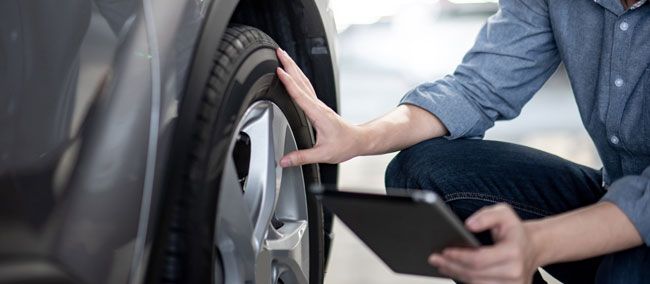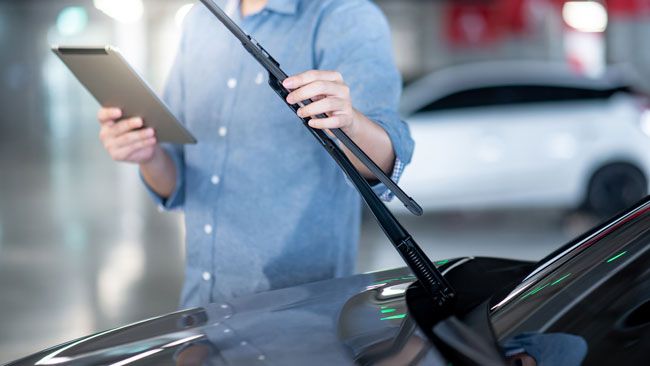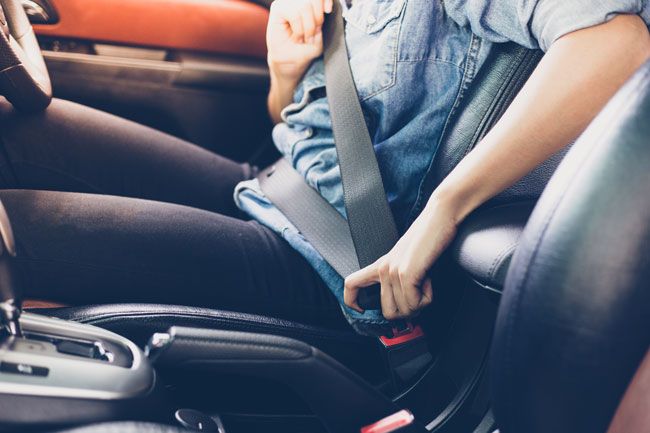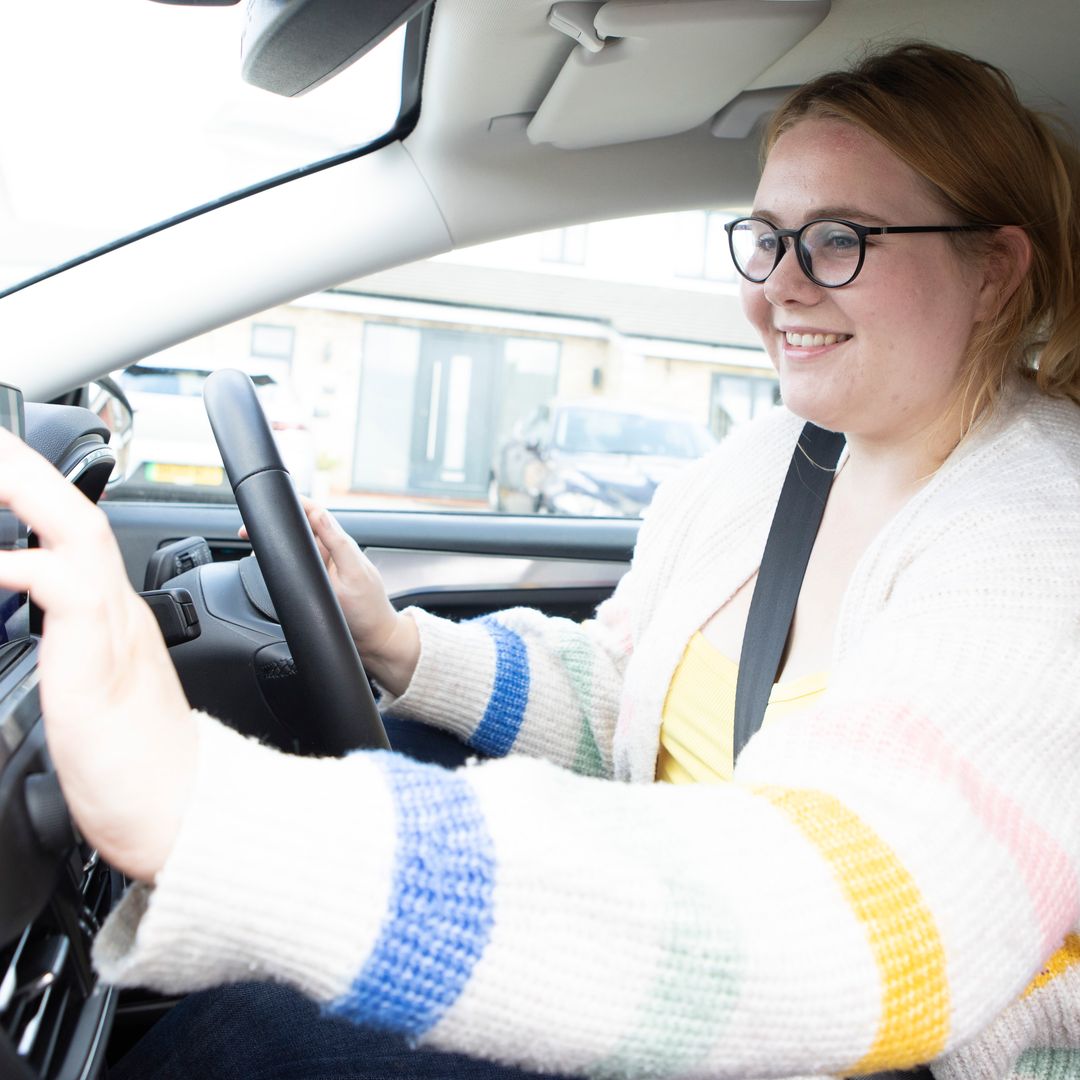When a car reaches its third birthday* it must pass an annual MOT roadworthiness test. However, around 1.5 million vehicles fail their MOT every year due to simple things such as blown bulbs, too little tyre tread, or even an empty windscreen washer bottle.
RELATED: Rev your engines! The 10 most popular cars according to TikTok
Thankfully it’s possible to anticipate most of these issues with a number of quick and easy checks to give your car the best chance of passing the test – saving you time and money.
Try our MOT checklist below. Most of the jobs are DIY, but if in doubt, ask a knowledgeable friend or relative - or call a professional.
*Most classic cars first registered more than 40 years ago are MOT exempt.
Pre-MOT checklist
1. Tyres
As well as failing an MOT, you could be fined up to £10,000 (£2,500 per tyre) and receive 12 penalty points on your licence for driving with illegal tyres. Check all four tyres for damage and tread depth regularly and keep them inflated to the correct pressure. Legally, the tread depth must be at least 1.6mm, but for peace of mind, 2-3mm is recommended.
Always check your tyres before an MOT
2. Wipers
Make sure your windscreen wipers can give you a clear view of the road ahead. If the rubber blades have perished, or there are any tears or holes, it could result in an MOT fail. Don't forget to test your rear wiper too (if you have one) and make sure your screen wash jets (front and back) are angled correctly and the pipes are not blocked.
3. Lights
Ensure all of your car’s lights function properly – headlights, sidelights, rear lights, hazard lights, indicators, and even the number plate light. Ask a friend or relative to help you, or park somewhere where you can see your car's reflection. If a bulb has blown and you can't work out how to replace it, then ask for help rather than failing the MOT because you'll have to book in again for a re-test.
MORE: 10 best fuel saving tips for motorists - how to save petrol or diesel when driving
4. Windscreen
Any chip or crack in your windscreen that is larger than 40mm will result in a failed MOT. On the driver’s side the allowance is even smaller because any damage wider than 10mm in the ‘swept’ area of the windscreen will result in an MOT fail. Small chips and cracks can often be repaired by specialists, but sometimes the only course of action is a replacement windscreen.
Always check your windscreen for chips and cracks
5. Top-ups
Your vehicle could be turned away if it does not have sufficient petrol or diesel. Whilst you’re at it, use the dipstick to check your engine oil and top-up if necessary. Also make sure there's plenty of screen wash. Top tip: it’s always best to check fluid levels when the engine is cold or has cooled down after a journey.
6. Brakes
If you see a free brake test offer at a garage or tyre fitter before your MOT, take them up on the offer because testing brakes properly is a specialist job. Short of taking the wheels off your car and inspecting the brake discs and pads yourself, a test drive will only tell you if there's anything obvious to worry about. For instance, your car may pull to one side when you apply the brakes, or your handbrake might not hold the car sufficiently on a hill.
7. Seatbelts
Inspect all the seatbelts in your car (front and back) for any damage and tug sharply to make sure that they react as they are supposed to if you have to brake severely. The driver’s seat should also adjust forwards and backwards. The backrests in both the driver and passenger seats must be able to be secured in the upright position. Additionally, the MOT tester will check that doors can be opened from inside and outside the car, and that all openings – including the bonnet and tailgate/boot – can be shut securely.
Tug sharply on your seatbelts to check that they are reacting correctly
8. Warning lights
If there's a warning light showing on your dashboard you should never ignore it. These lights are your first line of defence against a potential safety issue or a huge garage bill - or both. If the tester turns on the ignition and warning lights come on, your car will fail its MOT, so it's best to get the problem fixed in advance of your car's big day.
9. Horn
Test it by giving it a short blast. If it's defective, it will result in an MOT fail. It must be a continuous, uniform sound and loud enough to be heard by other road users. Gongs, bells, sirens and two-tone noises are all banned. As long as it's easily accessible in the engine bay, replacing a horn can be a fairly easy DIY task. If not, phone a friend!
10. Mirrors
Make sure all of your car's mirrors are intact and secure. Broken or cracked wing mirrors in particular can affect a driver's ability to see what is happening around them, putting other road users in danger.
DISCOVER: 9 tips to be a safer and smarter driver - especially with kids in the car












